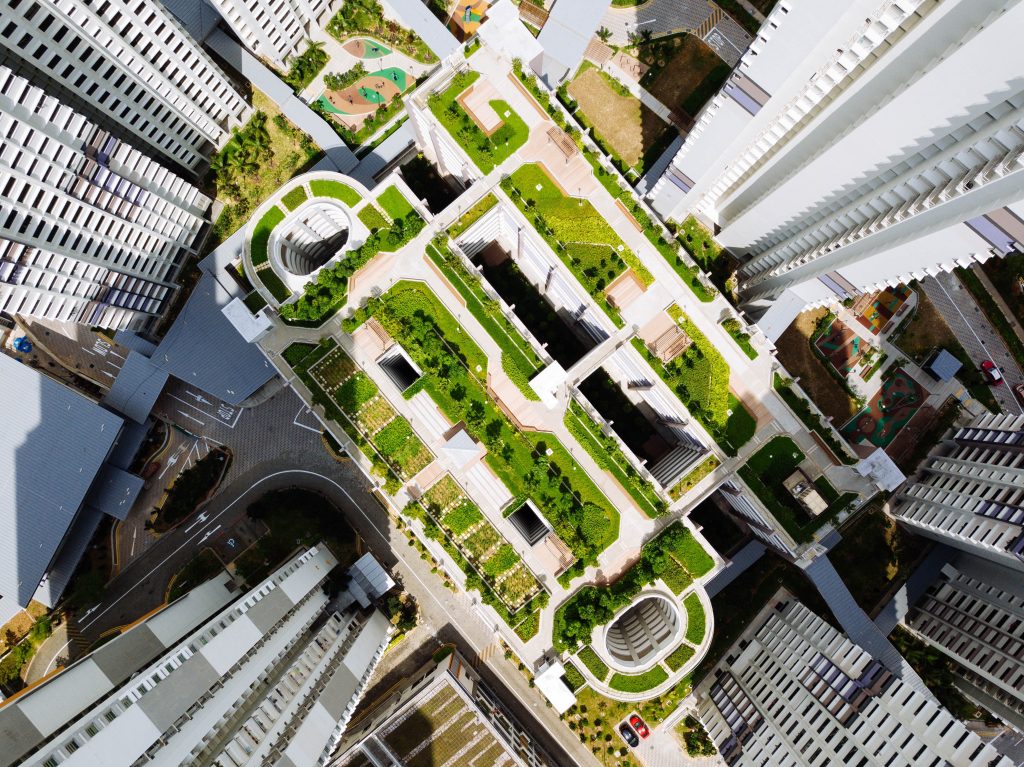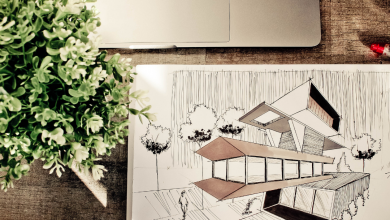Architecture and sustainable mobility are becoming increasingly intertwined, therefore making it important to highlight how architects can have a positive impact on promoting sustainable mobility in our cities. In this article, we will explore a variety of topics on how we, as members of this sector, can improve sustainable mobility and showcase examples of landscape architects who have undertaken projects related to sustainable mobility.

Table of Contents
The impact of excessive use of private transportation on climate change
The excessive use of private transportation, such as cars, motorcycles, and airplanes, is one of the leading causes of greenhouse gas emissions that contribute to climate change. According to the International Energy Agency, transportation accounts for about 24% of energy-related greenhouse gas emissions worldwide. Furthermore, the use of private vehicles also leads to significant air pollution, which can lead to serious consequences for public health.
By increasing the use of sustainable transportation and public transit, we could significantly improve the situation. Sustainable modes of transportation, such as bicycles and electric scooters, do not emit greenhouse gases and have minimal impact on the environment. Additionally, the use of public transportation, such as buses and trains, can reduce the number of private vehicles on the road, leading to a reduction in pollution and emissions.
Architectural professionals working on sustainable mobility
As mentioned in the introduction, architects can play an important role in promoting sustainable mobility in our cities. Landscape architects and urban planners, in particular, are crucial as they can help create pedestrian- and cyclist-friendly urban environments.
Landscape architects can design streets and squares that encourage the use of sustainable transportation and public transit. This can include creating bike lanes and pedestrian zones, as well as improving public transportation by constructing new bus stops or enhancing pre-existing ones.
Urban planners can also have a significant role in creating increasingly sustainable cities. They can collaborate with local policymakers to design policies that promote the use of sustainable transportation and public transit. For instance, they can advocate for electric cars and the construction of charging infrastructure.
How to improve the landscape in a large city in terms of sustainable mobility:
- Promote the creation of bike lanes and bicycle paths throughout the city. This would not only reduce the number of vehicles on the road but also encourage an active and healthy lifestyle among residents.
- Build wider sidewalks that allow access for people with disabilities and are also accessible to bicycles and electric scooters.
- Implement a high-quality public transportation network, such as trains, trams, or electric buses, to connect different parts of the city and reduce the need for private cars.
- Establish low-emission zones in high-traffic density areas to reduce air pollution. This could be achieved by implementing urban tolls for the most polluting vehicles.

- Create green spaces in the city, such as parks and gardens, that also serve as meeting places and urban socialization areas for the community.
- Use sustainable building materials and green technologies, such as solar panels, to reduce the environmental impact of buildings in the city.
- Implement large-scale recycling and composting programs to reduce the amount of waste generated in the city and reduce the need for waste transportation.
- Promote non-motorized public transportation, such as walking and cycling, by creating pedestrian and bicycle routes in the city.
- Incentivize the use of electric vehicles and clean fuels by building charging stations and implementing subsidy policies for the purchase of these vehicles.
- Promote telecommuting and online education, thus reducing the necessity for commuting for many people and allowing for a better work-life balance.
The implementation of these changes in urban planning in a large city would not only have a positive impact on sustainable mobility but also on the quality of life for residents. A greener, less polluted city with sustainable transportation options is far more attractive and healthier for its inhabitants.
Below are some examples of landscape architects who have carried out projects related to sustainable mobility:
- Michael Van Valkenburgh: This renowned landscape architect has worked on various projects aimed at improving sustainable mobility in cities, such as the design of the Brooklyn Bridge Park in New York, which features bike and pedestrian paths, as well as a river transport system. He has also worked on the renovation project of the Seattle Waterfront, which includes the construction of a tram line and a network of pedestrian and bicycle paths.
- James Corner: Landscape architect James Corner is known for his work in the design of the High Line Park in New York, an elevated park built on a former railway track. The project includes paths for pedestrians and cyclists, as well as green areas that improve air quality and the urban environment.
- Kathryn Gustafson: This landscape architect has worked on the design of the Sydney Olympic Park, which includes a network of bike and pedestrian paths, as well as green areas and public spaces. She has also worked on the renovation project of the Place de la République in Paris, which includes the construction of a large fountain and a network of pedestrian and bicycle paths.
- Adriaan Geuze: This Dutch landscape architect is known for his work on the renovation of Rotterdam’s largest public park, Kralingse Bos. The project includes a network of pedestrian and bicycle paths, as well as green areas and public spaces that further enhance the quality of the urban environment.
- Martha Schwartz: Landscape architect Martha Schwartz has worked on several projects aimed at improving sustainable mobility in cities, such as the design of the Sydney City Garden, which includes a network of pedestrian and bicycle paths, as well as public spaces and green areas.
These are just a few examples of landscape architects who have worked on projects related to sustainable mobility. The importance of architecture in sustainable mobility lies in the ability of architects and landscape architects to design urban spaces that promote the use of sustainable modes of transportation, such as bicycles and public transit, instead of private vehicles.
In conclusion, sustainable mobility is one of the most important challenges facing cities today, and architecture and urban design have a crucial role to play in addressing this issue. By designing urban spaces that encourage the use of sustainable modes of transportation, architects and landscape architects can make significant contributions to the creation of more sustainable and livable cities.
If you would like to contribute to GoPillar Academy’s Green Week, you can do so by purchasing one of our specialized courses in the main software for the architectural sector, on offer this week for only 60 USD until May 31. For each course purchased, $5 will be donated to a non-profit organization chosen by our supporters – you can also vote here: https://www.instagram.com/gopillaracademy!






